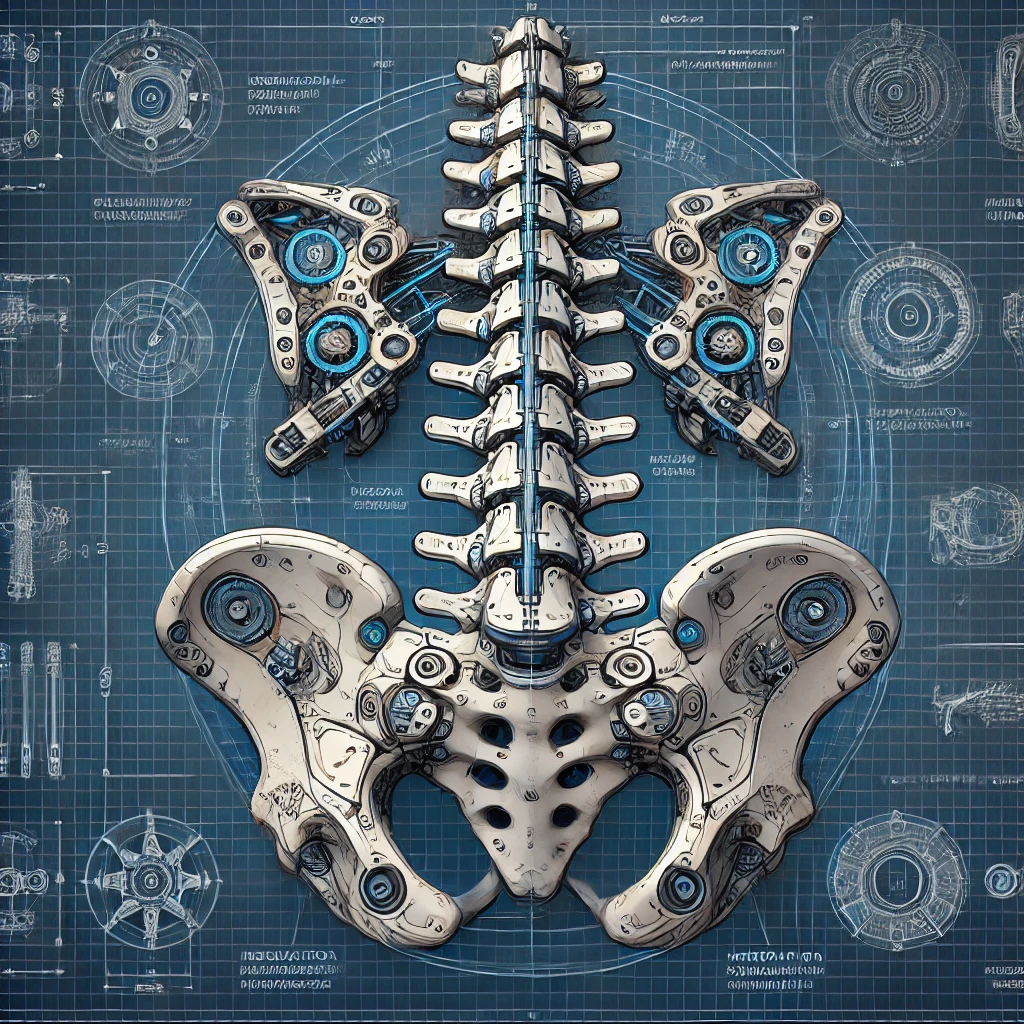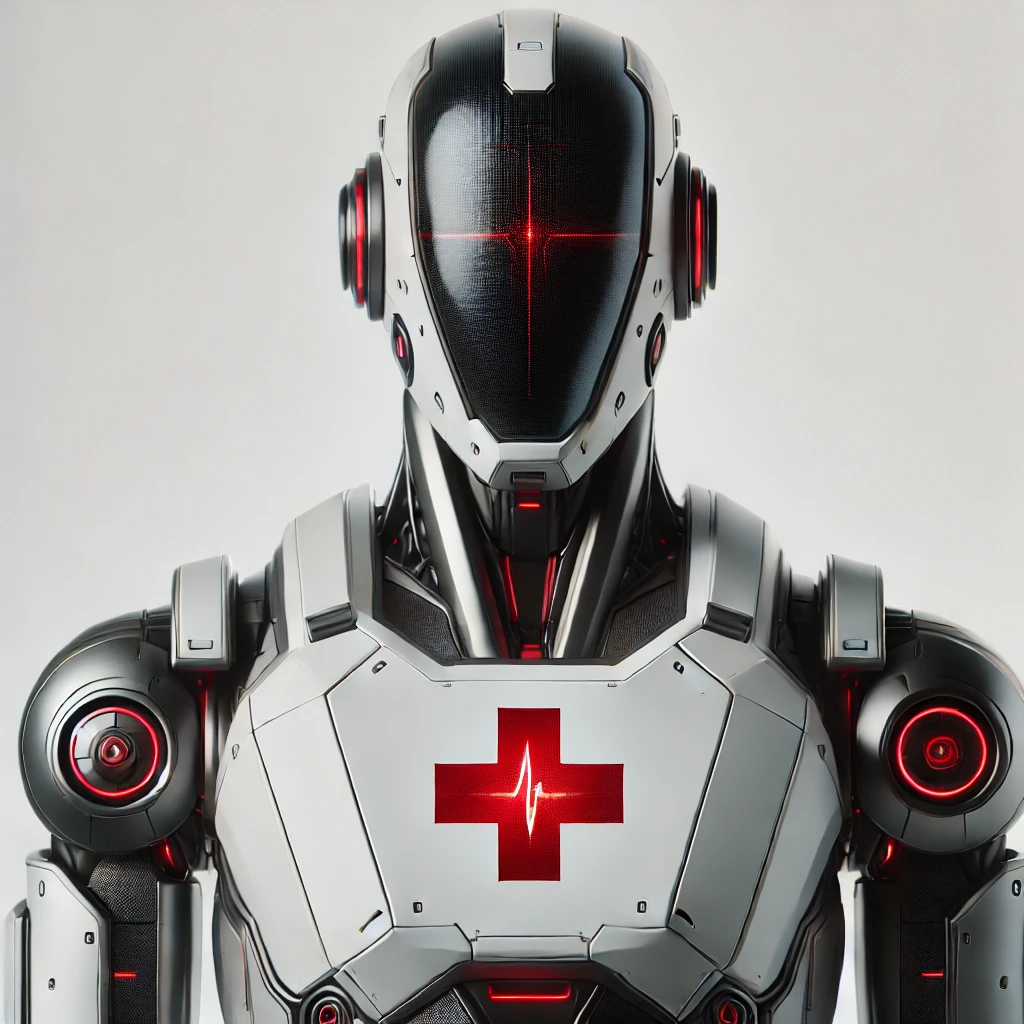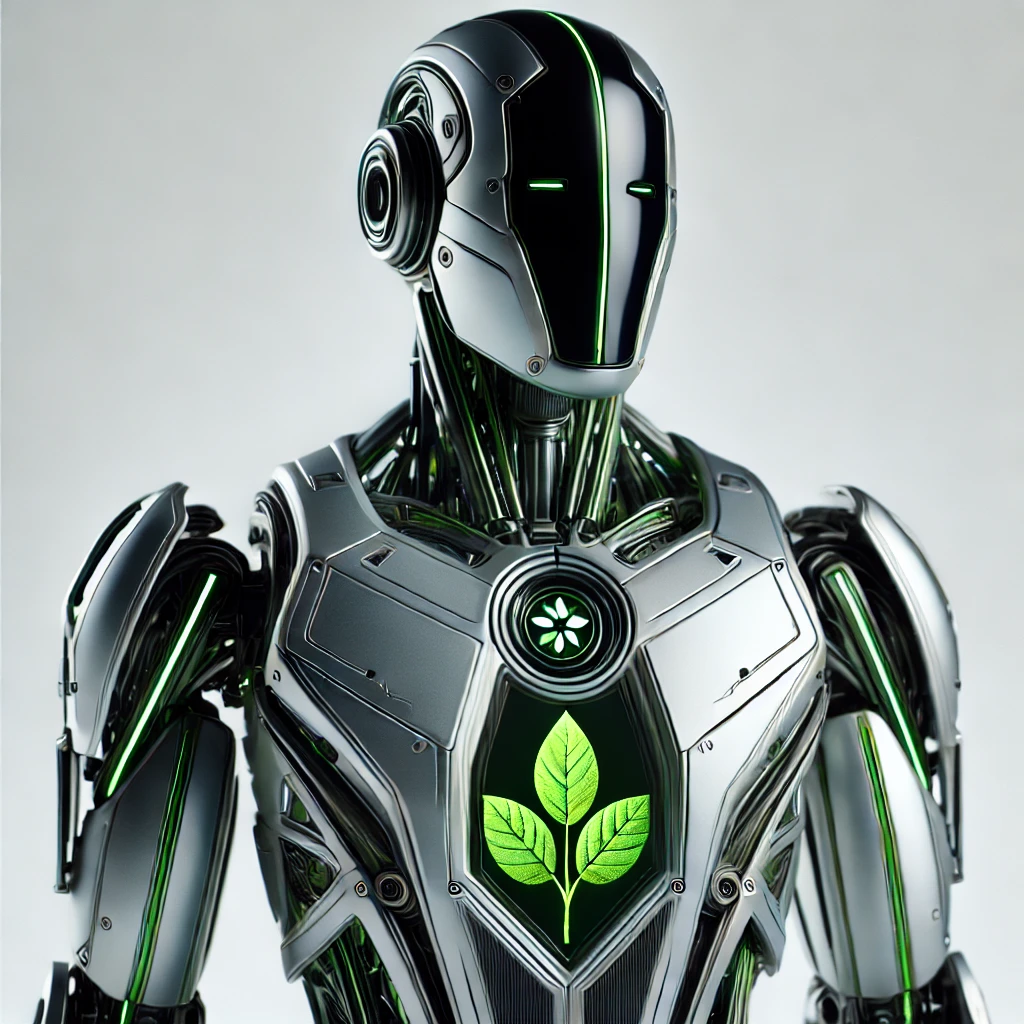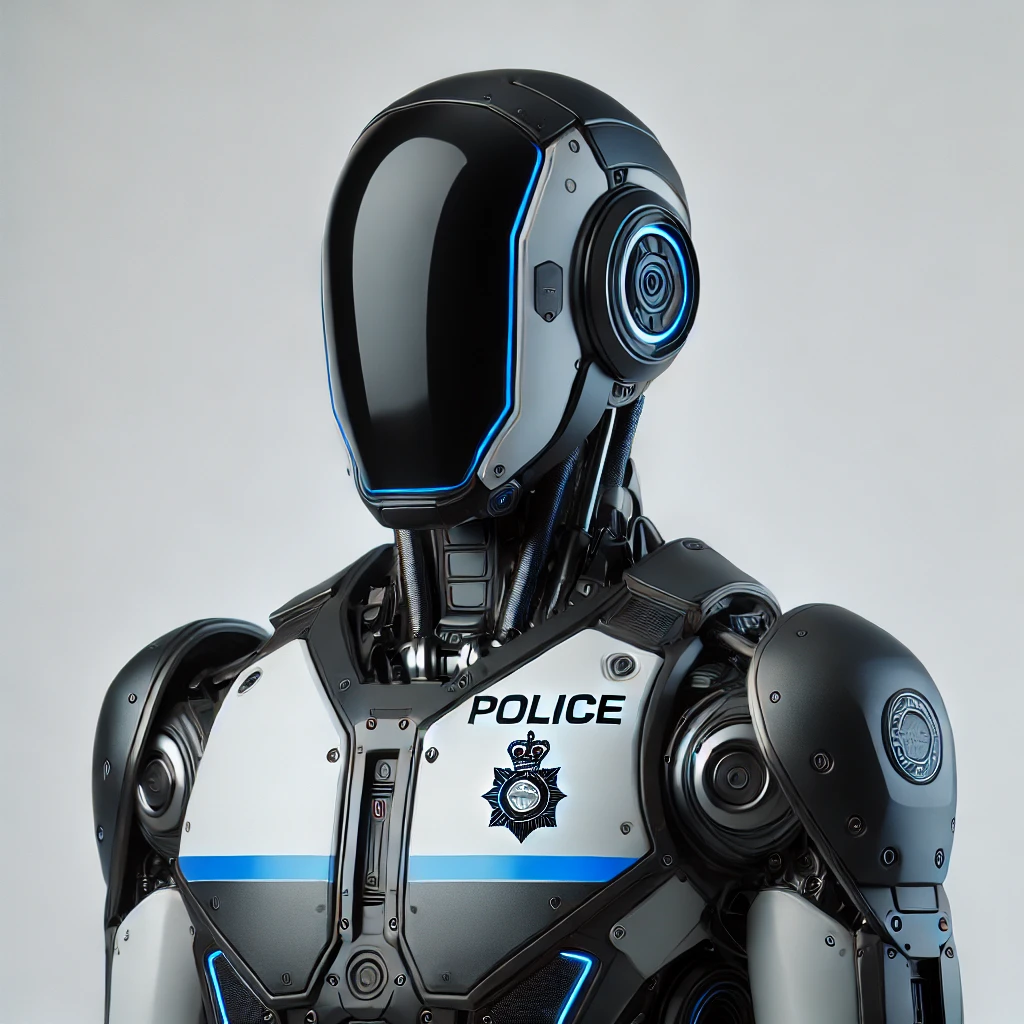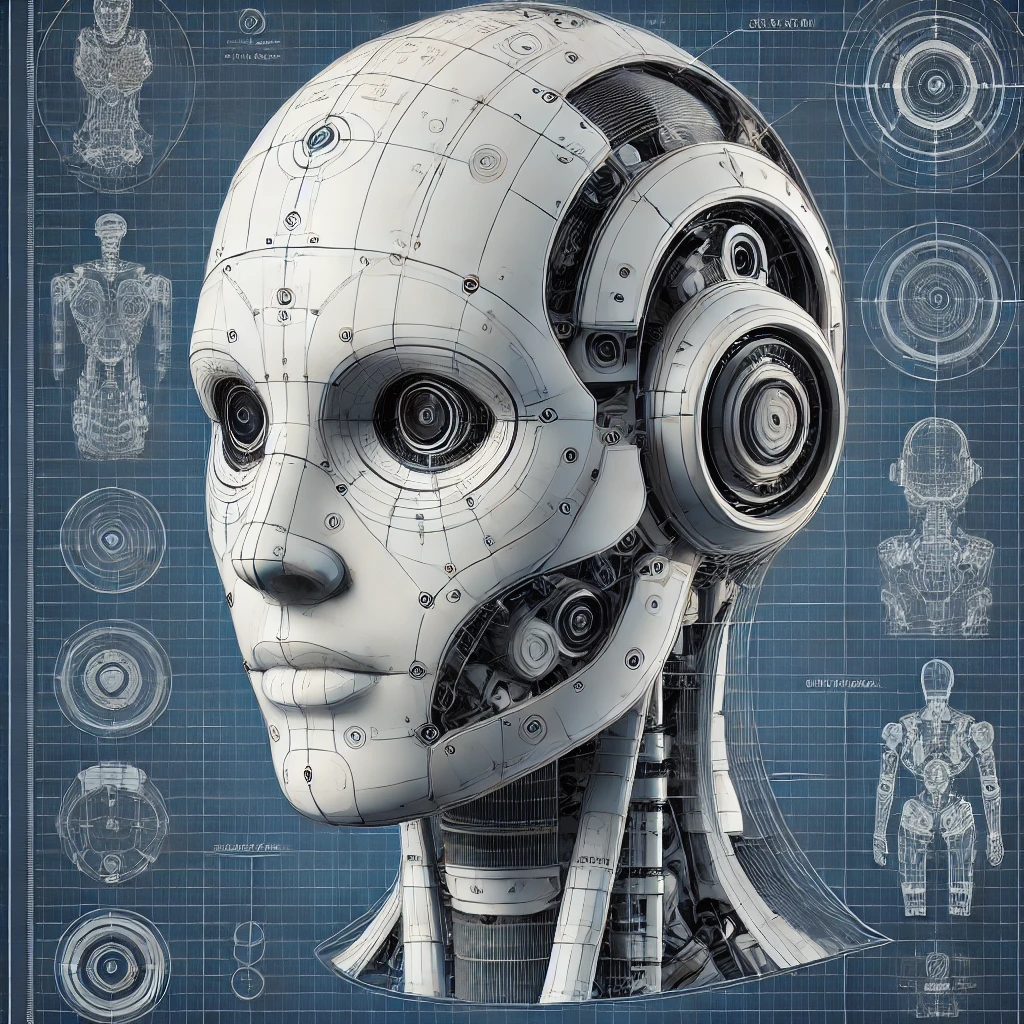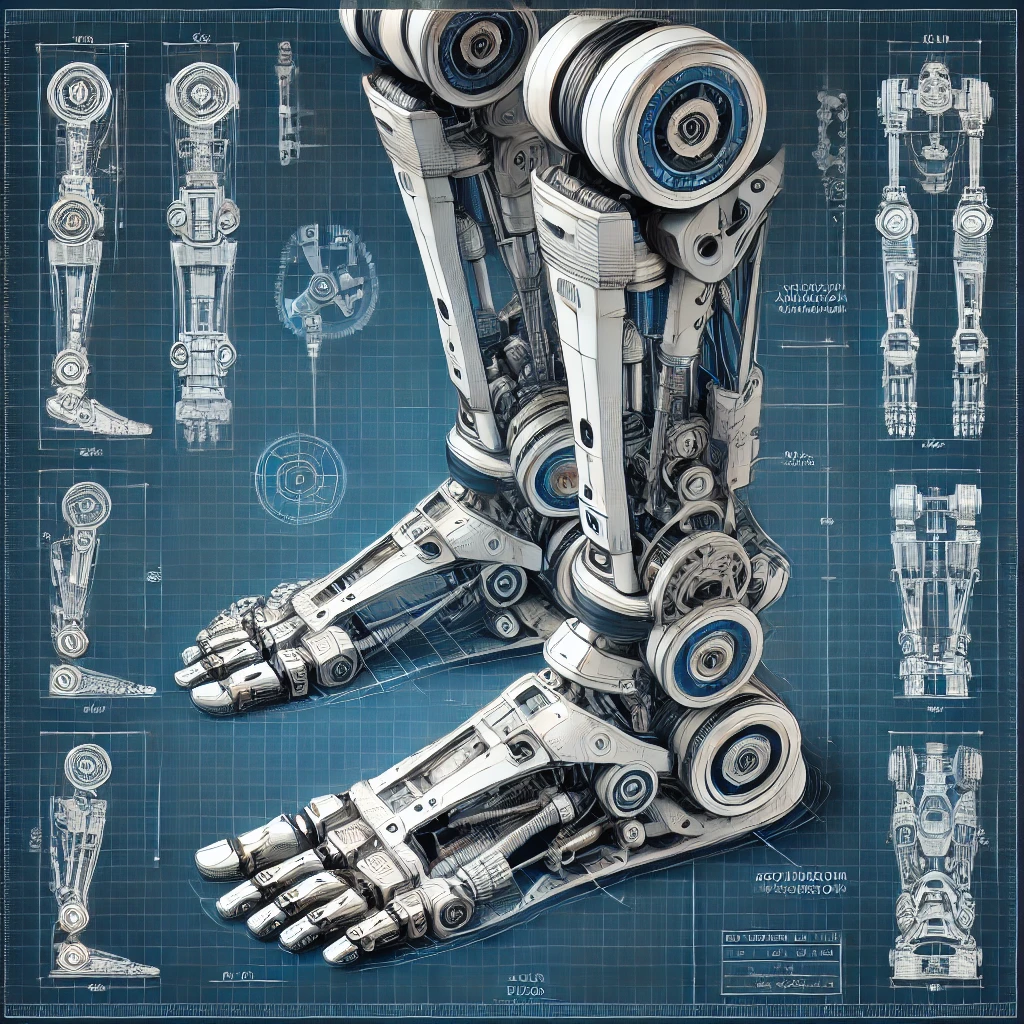Designing a Humanoid Robot Shoulder
The shoulder of a humanoid robot is one of the most complex joints, enabling a wide range of motions similar to a human shoulder. It serves as a critical connection point between the torso and the arms, supporting tasks such as lifting, rotating, and precise positioning of the arms. Below is a comprehensive guide to […]
Designing a Humanoid Robot Shoulder Read Post »


